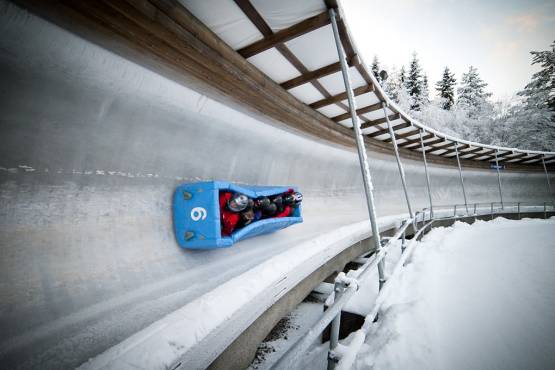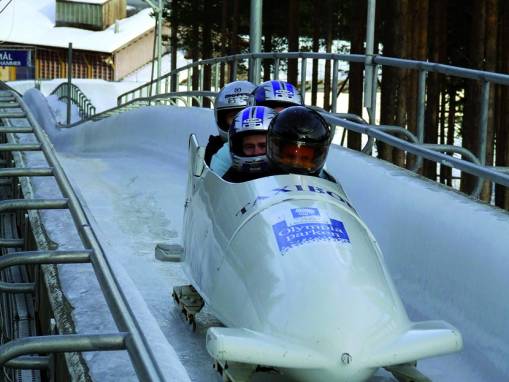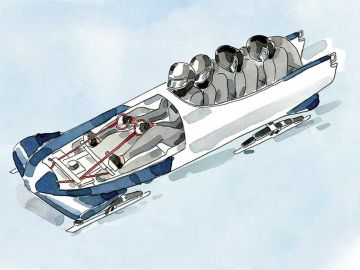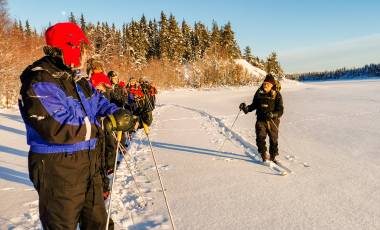Read time – 1 minute
Today’s bobsled is positively a luxury saloon compared to the rigged-up wooden sleds that trundled down the halfpipe in 19th century St. Moritz.
Bobsledding Facts
The Speed
At speeds of up to 130km/h (80mph) subtle steering is needed to negotiate the twists and turns – don’t worry, an authorised pilot takes you around the track!
The Frame
The modern bobseld has a lightweight frame, but its fibreglass or composite shell makes it robust enough to cope with anything the track throws at it.
The Steering
The steering system consists of a pulley system activated by two metal rings in the forward cowling that turns the front runners. Bobsledding
Bobsledding
The Crew
Crews are either two-person or four-person. The men’s weight limit for a crew of two is 859 pounds (390kg), and for women, a crew of two can’t exceed 749 pounds (340kg).
The Brakes
The brake crew member stops the sled after crossing the finishing line by pulling the sled’s brake push bars.
The Runners
The sled sits on steel runners, which are usually a competition regulated 66.8cm long – as are the runners on our Lillehammer bobsleds. Bobsled race
Bobsled race
The Track
Modern tracks are made of concrete, coated with ice – so the bobsled must be strong enough to withstand high-speed forces of up to 5Gs.
If you like the thought of taking part in your own winter activity adventure, browse our trips below.





